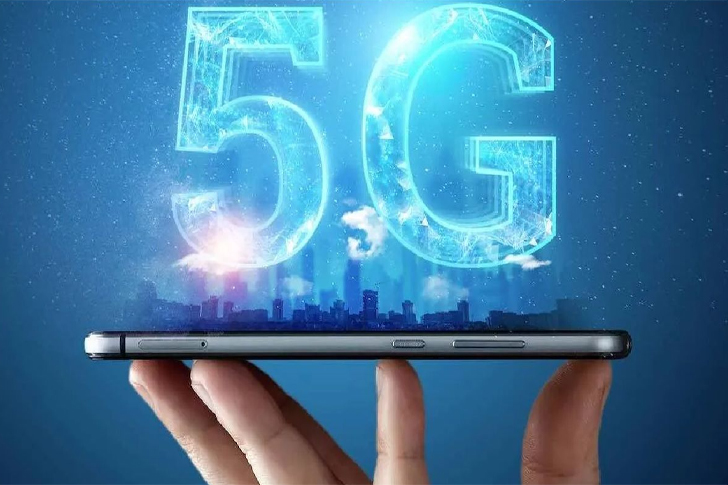Are Older Adults Eligible for 5G Phones?
In the rapidly advancing world of technology, 5G has opened up new horizons for connectivity and speeds that were previously unimaginable. As smartphones become increasingly sophisticated, one demographic that often finds itself navigating the changing tech landscape is that of older adults. The question of whether older adults are eligible for 5G phones is not just a matter of technological compatibility, but also of accessibility, usability, and practicality.

The Basics of 5G Technology: What Does It Offer?
Before diving into the eligibility of older adults for 5G phones, it is crucial to understand what 5G technology entails and how it differs from previous generations. 5G stands for fifth-generation cellular wireless, and it promises significantly faster data upload and download speeds, more stable network connections, and reduced latency compared to 4G LTE networks. For instance, where 4G LTE can offer speeds up to 1 Gbps, 5G can achieve speeds of up to 10 Gbps – theoretically ten times faster, enabling smoother video streaming, higher-quality video calls, and more efficient mobile internet use.
Are Older Adults Using Smartphones?
Contrary to some stereotypes, older adults are actively using smartphones and technology. A study by Pew Research Center in 2021 found that approximately 61% of Americans aged 65 and older own a smartphone. This demographic’s adoption rate has been climbing steadily over the past decade, demonstrating a significant shift towards embracing new technologies. However, the rate of technology adoption still tapers off slightly with increasing age within the senior demographic.
Accessibility Features in Modern Smartphones
Smartphone manufacturers are increasingly aware of the diverse needs of their users, including older adults. Modern smartphones, including those capable of 5G connectivity, usually come equipped with accessibility features designed to aid users with various levels of physical and cognitive abilities. These features include larger text options, voice-to-text functionality, magnifiers, color adjustment settings, and easy-to-navigate interfaces. Such features can make 5G smartphones more accessible to older adults, ensuring they are not only eligible but can also effectively utilize the new technology.
5G Phones: Availability and Affordability
Eligibility for 5G phones among older adults isn’t just about whether they can use them, but also whether they can afford and access them. Initially, 5G phones were priced at a premium, restricting their accessibility to those on a limited budget, which often includes older adults. However, as the technology has matured and spread, prices have begun to decrease. It is now possible to find 5G-capable smartphones within a more affordable range, broadening accessibility for more people, including seniors on fixed incomes.
The Practical Benefits of 5G for Older Adults
For older adults, the benefits of using a 5G phone can be quite substantial. The high-speed internet can enhance video call quality, a popular communication method, especially among those looking to stay in touch with family and friends. Furthermore, 5G connectivity improves access to online health services, which can be crucial for older adults managing various health conditions. They can partake in telemedicine consultations, which require stable and fast internet connections for effective communication with healthcare providers.
Training and Support
Understanding how to use new technology is essential, and this is a significant factor in determining the feasibility of 5G phones for older adults. Community centers, local libraries, and even some smartphone retailers offer technology training tailored towards older adults. These educational programs aim to help them understand not only the fundamental operations of their devices but also how to utilize advanced features, including those offered by 5G technology.
Conclusion: A World of Opportunities
In conclusion, not only are older adults eligible for 5G phones, but they stand to benefit significantly from adopting this advanced technology. As manufacturers continue to enhance accessibility features and as training programs become more widespread, the gap between technology usage across different ages is likely to narrow. With affordable options increasingly available, 5G technology provides older adults with an empowering tool to enhance their connectivity and, consequently, their quality of life.
Considering the ongoing technological evolution, it becomes vital that all demographics, especially the elderly, are not left behind. Whether it’s for health monitoring, social connectivity, or simply enjoying the vast expanse of information and entertainment on the internet, 5G phones are a viable and beneficial option for older adults, thereby encouraging their active participation in today’s digital world.







Recent Comments